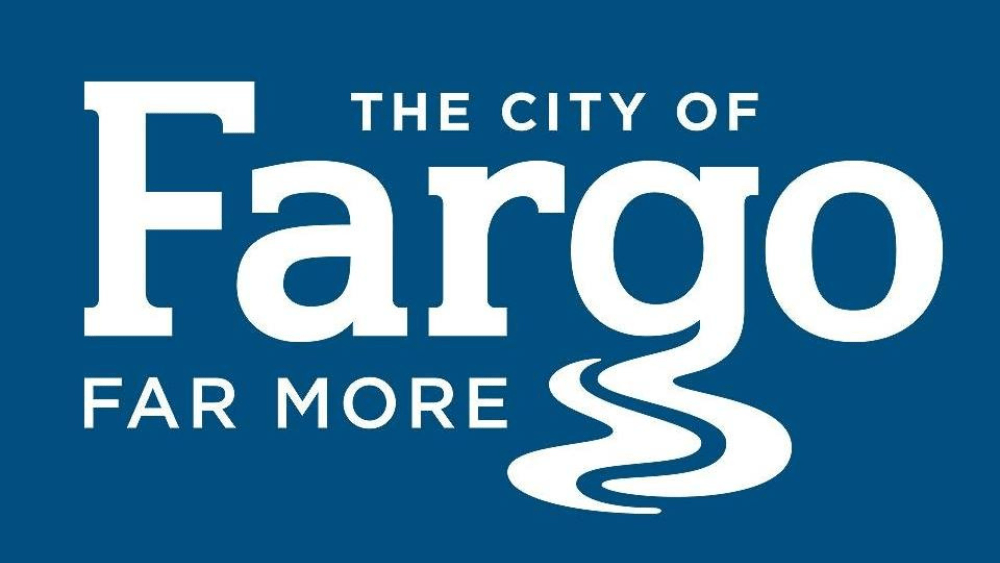(FARGO) – The Fargo City Commission has approved its preliminary budget for the 2025 year.
The preliminary budget, which sets the caps for the budget, was approved by a 3-2 vote, with commissioners Dave Piepkorn and John Strand voting against the budget.
In presenting the preliminary budget, Mayor Tim Mahoney focused on three areas – the delivery of excellent public services, investing in the team’s human capital and strategically balancing revenues with expenditures.
Human Capital
Mahoney told commissioners that personnel costs for the city account for 75 percent of the general fund’s expenditures.
“We must take care of our people, or they will leave and become somebody else’s valuable team member,” he said. “Our most valuable asset is our employees, who provide the services to our residents, businesses and visitors.”
The city is working on a new pay structure.
“We believe that a new pay structure will help lower turnover rates among city staff,” Mahoney said. The city’s turnover rate in 2023 was 11.32 percent, down from a high of 13.94 percent in 2021.
“The budget team’s philosophy for the 2025 budget was to prioritize existing Team Fargo employees’ compensation over new General Fund positions,” he said.
The City of Fargo’s budget team is recommending a 4.5 percent cost of living adjustment in 2025, Mahoney told commissioners.
Additionally, none of the city’s 35.3 requested new FTEs were recommended to be in the budget in 2025.
“We need to prioritize existing staff over new staff,” Mahoney said. “For 2025, I believe we have reached the best solution possible.”
Operating Expenses
In Mahoney’s preliminary budget, 74.1 percent of the General Fund expenses are for personnel, with 25.74 percent operating expenses and 0.16 percent capital expenses.
The city is budgeting more than $98 million dollars for personnel expenses, with $34.2 million dollars budgeted for operating expenses. Capital expenses make up more than $210,000 of the city’s General Fund expenditures in the preliminary budget.
General Fund Revenues
In Fargo, taxes make up 33.51 percent of the General Fund revenues.
The other 66 percent come from a variety of sources.
$133 million dollars is budgeted for General Fund revenues, with a majority coming from property taxes ($44 million). State share revenues are budgeted to total $21 million.
Public Safety Mills
In 2025, two mills will go towards public safety.
The Fargo Fire Department’s portion of the mills will help complete the full funding for the 15 fire positions needed in the new Fire Station 8, along with a major remodel of Fire Station 5.
The Fargo Police Department’s share of the mills will go toward the city’s incremental share of six grant-funded officers; investing in technology, such as body worn cameras, AXON, FLOCK and RRRDC software; ballistic helmets for officers; increased training budgets; and expanding inventory and replacement of existing squad cards.
Utility Rate Increases
Mayor Mahoney and the budget team are also proposing utility rate increases to the citizens of Fargo.
The increase would amount to approximately $10 per month, and raise the rates for water reclamation, water and storm water. The rate equates to 33 cents per day.
Fargo’s utility bills are lower than many cities across the region.
“Fargo’s utility cost will continue to be among the lowest in the region,” Mahoney told commissioners.
Airport mill levy
Mahoney expressed disappointment regarding discussions pertaining to the airport mill levy.
“I am very disappointed that our discussions about two mills for the airport seem to take all the oxygen out of this room,” he said.
Mahoney acknowledged the importance of the airport’s mill.
He said he has reviewed the airport’s financial position with the city’s financial team.
“I have concluded that the airport has the capacity to forgo its usual two mills for the 2025 budget,” Mahoney said.
He pointed to the airport’s $55 million in cash-on-hand, a ten-year average operating net revenue of $3.5 million with a 2025 budget net revenue of $4.67 million projected and non-operating revenue of approximately $9 million (data as of 2023).
Additionally, Mahoney noted that the airport’s interest income, in 2023, was $1.8 million.
“There’s no question the City of Fargo remains committed to the airport,” he said.
Mahoney pointed to the annual two mill pledge since 1996, which has totaled more than $19.6 million, along with the City’s guarantee of the $40 million Bank of North Dakota loan, along with any additional airport debt.
“The city commission will continue to be a strong partner of the airport,” he said.
In his budget recommendation, Mahoney recommended the commission approve a single mill for the airport, down from the two mills that has been pledged since 1996.
“Doing so would allow us to show a very clear and demonstrated partnership with the airport for the state and federal agencies,” he said.
The airport would receive more than $800,000.
“The city is making sacrifices to fund this airport,” Mahoney said.
Investment in Public Safety
Mahoney shared data with the commissioners that compared investments into public safety in budget years 2013 and 2025.
In 2013, the city invested just over $15 million for police and just over $10.2 million for fire. In 2025, the city is projected to invest $30.2 million for police and $21.3 million for fire.
“Public safety funding is far outpacing the General Fund’s growth,” Mahoney said.
Commissioner reactions to budget
Commissioner Dave Piepkorn spoke out against Mahoney’s budget.
“Mr. Chair, I don’t support your budget,” he said. “I don’t support increasing our budget 11 percent. There has been no attempt to reduce spending in a lot of departments.”
Piepkorn pointed to the lower ridership with MATBUS, saying staffing and hours should be reduced. Additionally, he called the city’s communications department “bloated,” saying it is ‘wasteful.’
Prior to the meeting, Piepkorn had indicated that he believed the city’s Diversity, Equity and Inclusion (DEI) department would be eliminated.
At Monday night’s meeting, he pointed out that he had requested from the city’s administrator and finance director to provide information as to the potential savings the city could have if it eliminated DEI and the Downtown Engagement Center.
“They didn’t do it,” he said of the requests. “I wasn’t asking them for a favor. I’m the finance liaision. I asked them to do it. They didn’t do it.”
He went on to say the city’s budget wasn’t being done by “Team Fargo,” but rather, “It’s city employees and you (Mahoney). It’s not us.”
Commissioner John Strand took an opportunity to ask Fargo Police Chief David ZIbolski how many new officers he has received in his term.
“One,” Zibolski said.
As far as an ideal number of new FTEs that would be needed for the department, he said he would need 18 more sworn positions to fill what would be needed according to a study that had been done.
The department currently has three vacancies.
Commissioner Denise Kolpack said the city has looked hard at staff.
“That data demonstrated that the City of Fargo is behind in pay structure across the board in all departments,” she said.
She noted the City of Fargo continues to grow.
“What we are dealing with here are escalating technology fees and costs,” she said. Transit issues are also being dealt with.
Kolpack said the city is missing a long-term strategic planning for the city’s capital.
“Those capital expenses, along with technology to support our public safety departments, are real,” she said. “We need to have a long-term strategic plan.”
Kolpack called the decisions ‘real difficult.’
Michelle Turnberg, the newest member of the Fargo City Commission, said there is still work to do.
“I think we can dig in and have a better plan moving forward,” she said.
She said residents have a level of expectation from the city’s wide array of departments.
“Beyond that, there’s other things we can do to cut,” Turnberg said. “At least we’re not raising taxes this budget cycle.”
Next steps
With the preliminary budget approved Monday night, the journey continues in the 2025 budget process.
August 10 is the deadline for the City of Fargo to forward its preliminary budget information to Cass County.
Then, 21 days later, the deadline arrives for Cass County to send the consolidated budget data and notify property owners.
The city’s public hearing on the preliminary budget and tax levies will take place at the September 16 Fargo City Commission hearing, with the approval of the final budget and tax levies taking place two weeks later, at the City Commission’s September 30 meeting.
October 7 is the deadline for the City’s budget approval to be submitted. The October 7 date is set by the North Dakota Century Code.





